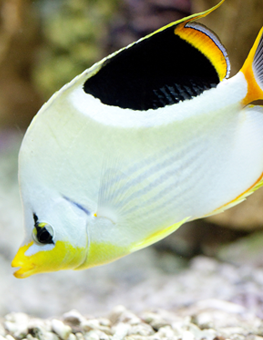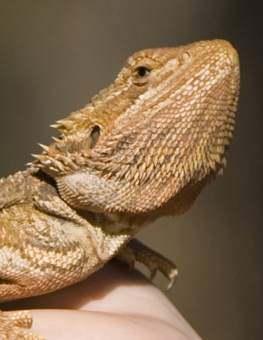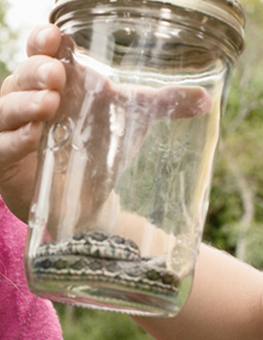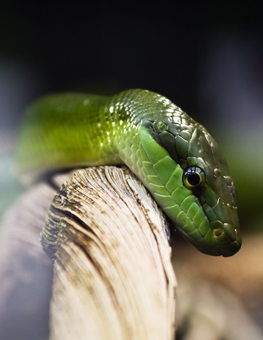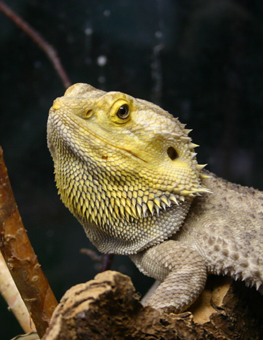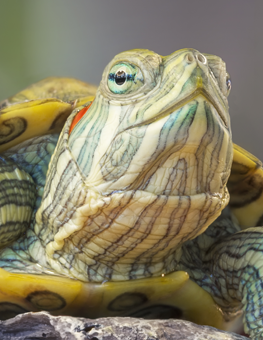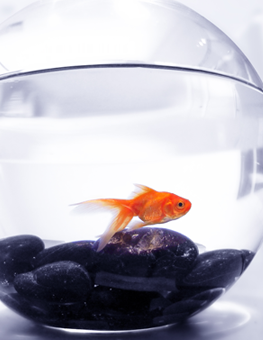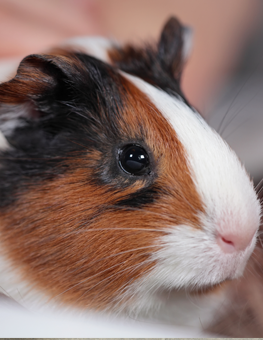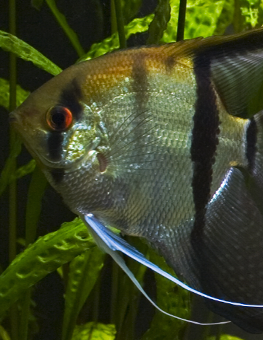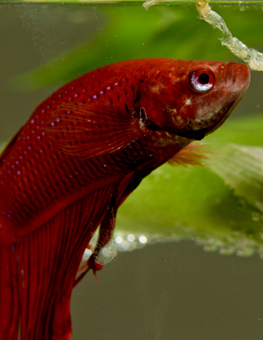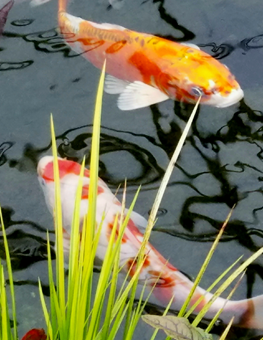Constructing Your Own Backyard Pond
A backyard pond can be an ideal habitat for your pet fish. Here are some tips on how to build your own.
A garden pond can add a lot to any backyard, providing a beautiful, relaxing respite and a habitat for larger fish. If you build it yourself, you can make your pond look exactly how you like it. Pond construction, though, is no small task. Here are some things to keep in mind:
- Before Beginning: The first thing you need to do before you build your garden pond is make sure you are following all local regulations for its construction. Many municipalities require residents to get permits before digging and others have ordinances requiring fences around ponds or properties with ponds.
Once you’ve determined what the rules are in your town, the next step is to choose a location for your pond. While you may not have many options, the ideal spot should see around six hours of sunshine a day. A spot that’s too sunny as well as a pond under tree cover will both require quite a bit of pond maintenance. Too much sun increases algae growth while falling tree leaves and sticks will necessitate extra cleanings. You should also consider where your pond should be placed to keep your fish safe from predators.
You will also need to figure out the specifications of your pond. Size, depth, and function are considerations here. Determine if and how many fish you want, whether you want plants, and whether you want other animals like frogs, snails, and salamanders. When figuring out the size; remember that the bigger the pond, the easier the pond maintenance. Additionally, to have fish over winter, your pond will need to go at least one foot below your local frost line, which usually makes it at least two feet deep.
- Getting Started: After you’ve planned your pond, you’re ready to start digging. When excavating your pond, make sure that there are three levels, or shelves, to the pond. The first should be about a foot deep, and will be the bed for your water plants. The second should be about a foot and a half deep, providing a good spot for your fish to explore. The last shelf should be the deepest, and the largest, holding the bulk of your water and giving your fish somewhere to hide from predators. You can dig using a shovel and spade, and flatten the dirt with the shovel, or a wooden tamp when you’re done excavating.
- Equipment: After digging the pond, you will need to make sure you can properly position any pumps, waterfalls, or skimmers, as well as the lines that run between these. If you are using an external pump, you will need a ditch dug for the line from the skimmer to pump and from the pump to the external filter or waterfall. For a submersible pump, you will need a ditch for the line straight from the skimmer to the waterfall or filter. Remember to bury your skimmer so that it is at the water line and level.
- Lining the Pond: Once the garden pond is dug, you will need to remove any protruding rocks that may tear the liner. Then, you will have to cover the dirt with two level inches of sand and an underlayment. Once this is set, you need to install the liner. For a homemade pond, butyl and low-density polyethylene liners are the best choices. To size the liner, add twice the depth to both the length and width of the pond (taken at their greatest points). Then add two feet to each of these numbers, and cut a rectangle of that size. Use smooth stones to hold the liner down in the right places while you fill the pond. Once you’ve done this, you’re ready to fill out your pond with flora and fauna.




